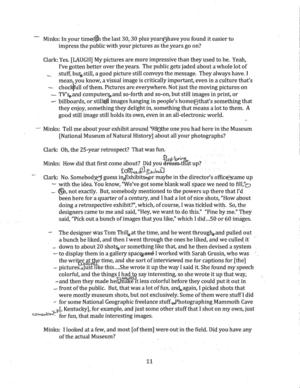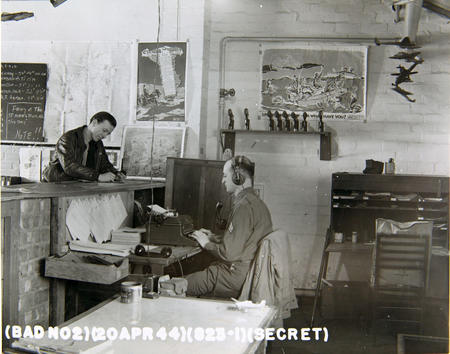As an intern at the Archives, I have spent a good portion of this summer with headphones over my ears, listening to other people’s conversations. It's work-related, though. I promise.
What I have really been doing is listening to interviews from the Archives' Oral History Collection. Oral history, though subject to certain technicalities, is essentially what it sounds like: information of historical significance that is received orally through a recorded interview. Interviewers march out into the world, armed with recorders to interview subjects on their experiences, and archivists — or in this case, I — then process the recording and the transcript so that researchers can access the imparted information. My entry into this operation is most often at the stage of listening to the recording, where I check it against the transcript that I have received, and edit the transcript as necessary. Hence the headphones. Yet, while on first glance this task may seem rather passive and simple, it is at this stage that I often come up against the most difficult questions in my processing work.

The transcript is a hybrid document, taking the spoken word of the interview and representing it in written form. Yet, as any linguist will tell you, how we speak is very different from how we write. If someone were to create an exact transcript of my speech, it would be full of "um's" and "like's" and long, awkward pauses. More significantly, I rarely speak using complete, grammatical sentences, apparently preferring to use sentence fragments and run-on sentences. It’s not just me, though. I have found that often, even those who seem incredibly articulate in their recordings have speech that is very difficult to convey in grammatical — or even readable — written sentences in the transcript.
So, as the editor of the transcript, what do I do? It is my job to convey the essence of the interview and of the interviewee as clearly and completely as possible — but the question, I suppose, is what is this essence? I could edit the transcript to be perfectly grammatically correct and effortlessly readable, but in doing so, would I be editing out the flowing, trembling, stuttering humanity of the interviewee whose knowledge and wisdom seems much messier and grander than standard written English can convey? Or, if I kept these moments that our reading eyes judge as mistakes, would I be falsely presenting the speakers as uneducated or inarticulate, and misleading future researchers who study the transcript?
What about accents and dialect? Is representing them faithfully through phonetic spellings or by word order a way of preserving the voice and essence of the speaker and more than that, of affirming him or her? — Or does it make the speaker seem quaint and dismissible? Even more so, what about accents and dialects that have historically been marginalizing? As a literature student and a writer, I have had to grapple with these questions in my own reading and writing, but now, dealing with the speech of real people in real society, the stakes become much higher. Each choice becomes political, and each choice becomes personal.
Perhaps this is a good thing, though. I have yet to come to a balance in editing that I am fully satisfied with, and from what I read, neither has the discipline of oral history as a whole. Yet, somehow, it seems fitting that this medium of history and the process of producing it mirrors the delicate intertwining of historical knowledge and historical events with human experience and the human soul. I am grateful that my job does not allow me to forget this intertwining, and I hope that my transcripts do the same for the researchers who will study them.
Related Collections
- Record Unit 9622 - National Museum of Natural History, Oral history Interviews, 2009-2011, Smithsonian Institution Archives
Related Resources
- A Photographer's Passion - An Interview with the Late Chip Clark, video, National Museum of Natural History
Produced by the Smithsonian Institution Archives. For copyright questions, please see the Terms of Use.


Leave a Comment